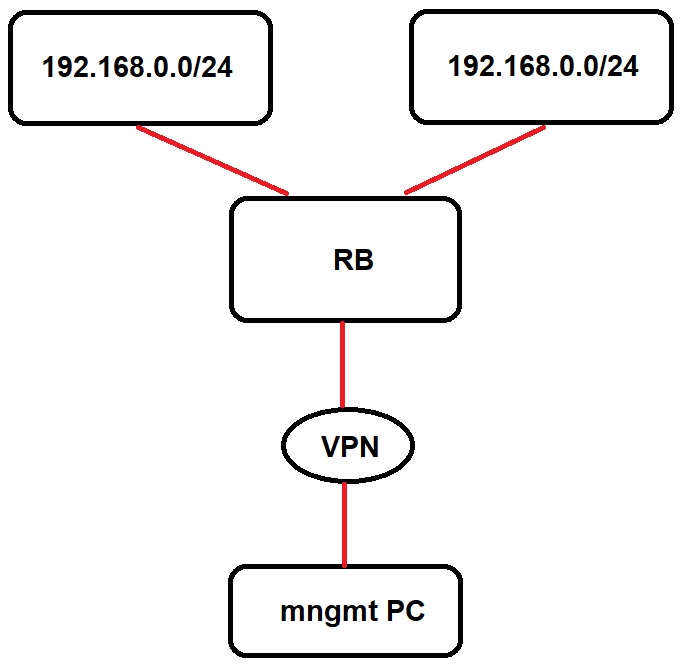
I would say NO, but I'm not aware if Ros has some obscure feature......
I could use netmap to addressing two different subnet , but how to know on wich target machines ?

So Sob can show off his MT networking skillsWhy?
/ip address
add address=192.168.0.1/24 interface=test1
add address=192.168.0.1/24 interface=test2/ip route
add dst-address=192.168.0.0/24 gateway=test1 routing-mark=net1
add dst-address=192.168.0.0/24 gateway=test2 routing-mark=net2/ip firewall mangle
add action=mark-routing chain=prerouting dst-address=192.168.91.0/24 new-routing-mark=net1
add action=mark-routing chain=prerouting dst-address=192.168.92.0/24 new-routing-mark=net2/ip firewall nat
add action=netmap chain=dstnat dst-address=192.168.91.0/24 to-addresses=192.168.0.0/24
add action=netmap chain=dstnat dst-address=192.168.92.0/24 to-addresses=192.168.0.0/24/ip firewall nat
add action=masquerade chain=srcnat out-interface=test1
add action=masquerade chain=srcnat out-interface=test2